
WHEN would-be buyers of country houses dream about their perfect property, what's often conjured up is a handsome, square-built Georgian-era old rectory or vicarage in a pretty village with a bit of land and views of the surrounding countryside. Quintessentially English, their appeal stems from a combination of beautiful architecture that boasts rooms with excellent proportions and an idyllic setting often next to a church in the heart of a community. They are also ideally sized for today's families-with four, good-sized reception rooms, five or six bedrooms and large, but manageable, gardens.
The setting is evocative of a scene from Jane Austen; indeed, in early June, The Old Rectory Society, formed in 2006 by the former Daily Telegraph editor Charles Moore, is hosting a Jane Austen day. The society is unequivocal about the position of such houses in our built heritage: according to its website, they are some of our country's greatest repositories of architectural, social, cultural and religious history'.
The visit begins at Chawton, the Hampshire village where Austen and her sister, Cassandra, lived for the last eight years of her life; the cottage is now a museum. It later takes in The Old Rectory in nearby Bentley, where a brother was curate. It doesn't, however, make reference to another local village, that of Steventon, where Austen was born. Lying a few miles south-west of Basingstoke, Austen's father was rector of the small, 12th-century church of St Nicholas in Steventon. It's thought that she wrote parts of Pride and Prejudice and Northanger Abbey when living in the rectory, which she described as the most tranquil period of her life.
This story is from the March 22, 2023 edition of Country Life UK.
Start your 7-day Magzter GOLD free trial to access thousands of curated premium stories, and 9,000+ magazines and newspapers.
Already a subscriber ? Sign In
This story is from the March 22, 2023 edition of Country Life UK.
Start your 7-day Magzter GOLD free trial to access thousands of curated premium stories, and 9,000+ magazines and newspapers.
Already a subscriber? Sign In
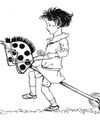
Give it some stick
Galloping through the imagination, competitive hobby-horsing is a gymnastic sport on the rise in Britain, discovers Sybilla Hart
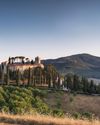
Paper escapes
Steven King selects his best travel books of 2024
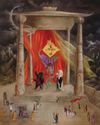
For love, not money
This year may have marked the end of brag-art’, bought merely to show off one’s wealth. It’s time for a return to looking for connoisseurship, beauty and taste

Mary I: more bruised than bloody
Cast as a sanguinary tyrant, our first Queen Regnant may not deserve her brutal reputation, believes Geoffrey Munn
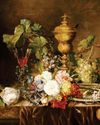
A love supreme
Art brought together 19th-century Norwich couple Joseph and Emily Stannard, who shared a passion for painting, but their destiny would be dramatically different
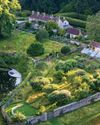
Private views
One of the best ways-often the only way-to visit the finest privately owned gardens in the country is by joining an exclusive tour. Non Morris does exactly that
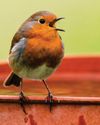
Shhhhhh...
THERE is great delight to be had poring over the front pages of COUNTRY LIFE each week, dreaming of what life would be like in a Scottish castle (so reasonably priced, but do bear in mind the midges) or a townhouse in London’s Eaton Square (worth a king’s ransom, but, oh dear, the traffic) or perhaps that cottage in the Cotswolds (if you don’t mind standing next to Hollywood A-listers in the queue at Daylesford). The estate agent’s particulars will give you details of acreage, proximity to schools and railway stations, but never—no, never—an indication of noise levels.
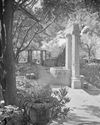
Mission impossible
Rubble and ruin were all that remained of the early-19th-century Villa Frere and its gardens, planted by the English diplomat John Hookham Frere, until a group of dedicated volunteers came to its rescue. Josephine Tyndale-Biscoe tells the story
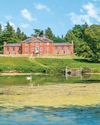
When a perfect storm hits
Weather, wars, elections and financial uncertainty all conspired against high-end house sales this year, but there were still some spectacular deals

Give the dog a bone
Man's best friend still needs to eat like its Lupus forebears, believes Jonathan Self, when it's not guarding food, greeting us or destroying our upholstery, of course